Deck & Commander Strategies
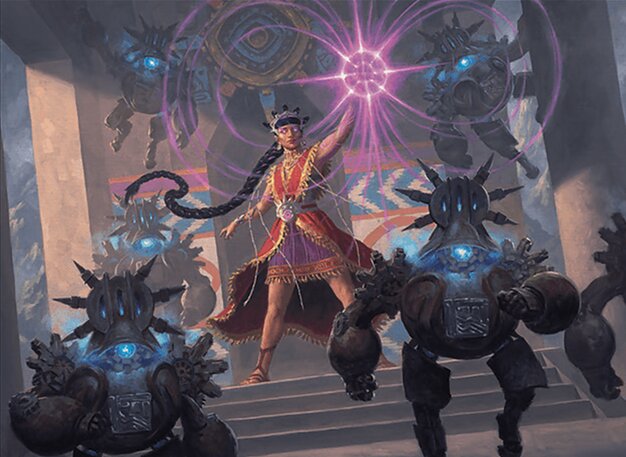
Anim Pakal, Thousandth Moon
Focuses on damage doubling and token generation to amplify combat damage and create large board swings that can quickly reduce opponents' life totals.
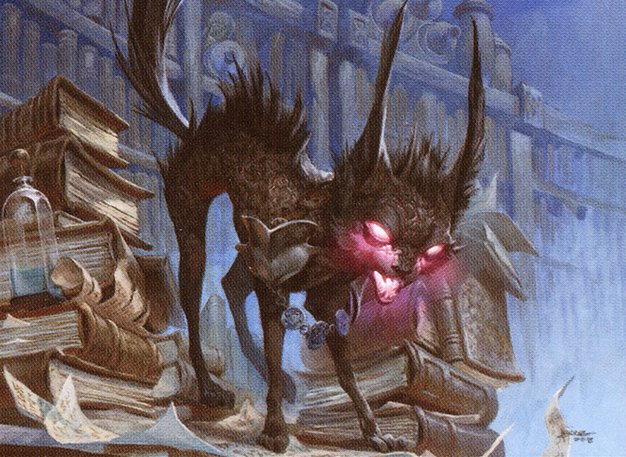
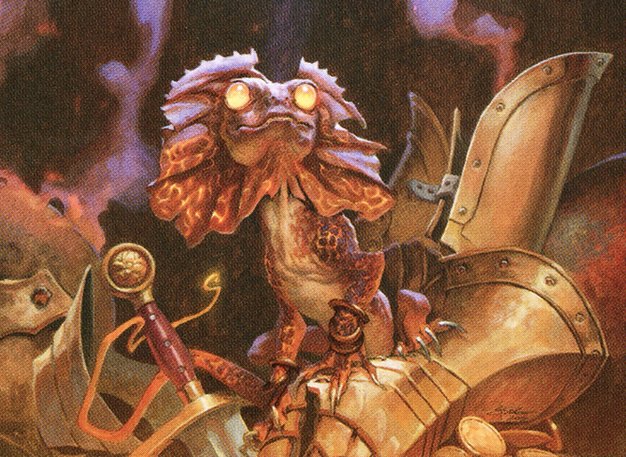
Kediss, Emberclaw Familiar / Falthis, Shadowcat Familiar
Steals opponents' commanders to leverage their power against them, combined with aggressive tactics to deal big damage with smaller creatures.

Tidus, Yuna's Guardian
Uses counters and proliferate mechanics to grow creatures and draw cards, maintaining board presence and card advantage over the course of the game.

Wick, the Whorled Mind
Creates and grows snail tokens whenever rats enter the battlefield, building a resilient board with incremental growth and synergy among rat and snail creatures.
Gameplay Insights
- 1
Using Anim Pakal's damage doubling ability in combination with token generation allowed for explosive combat phases that pressured multiple opponents simultaneously.
- 2
Kediss's commander theft mechanic introduced a dynamic element of control and threat redirection, forcing opponents to reconsider their blocking and attacking priorities.
- 3
Tidus's proliferate and counter movement ability enabled efficient card draw and incremental creature growth, sustaining board advantage throughout the game.
- 4
Wick's synergy with rat tribal and snail token creation created a growing board presence that proved difficult to remove or block effectively.
- 5
Strategic use of equipment like Lightning Greaves protected key creatures and enabled aggressive attacks early in the game.
- 6
Players leveraged multi-triggered combat damage effects and token creation to maximize damage output and card advantage.
Notable Cards
-

Anim Pakal, Thousandth Moon
-

Kediss, Emberclaw Familiar
-

Falthis, Shadowcat Familiar
-

Tidus, Yuna's Guardian
-
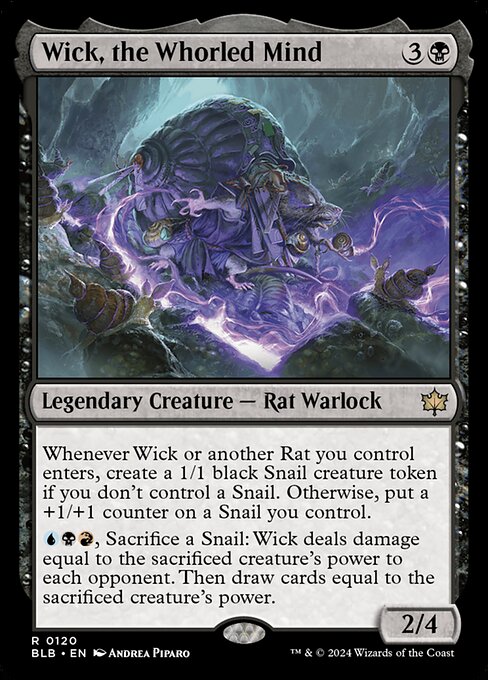
Wick, the Whorled Mind
-
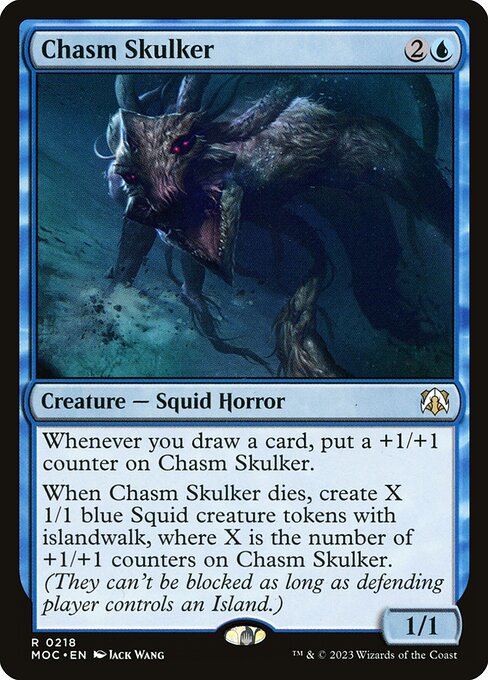
Chasm Skulker
-
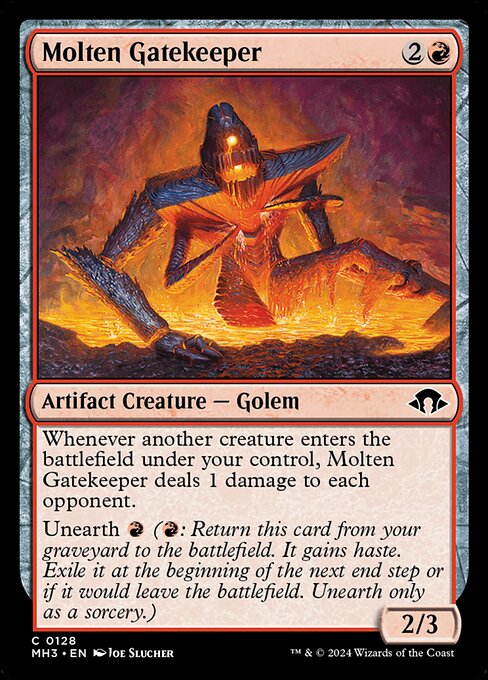
Molten Gatekeeper
-
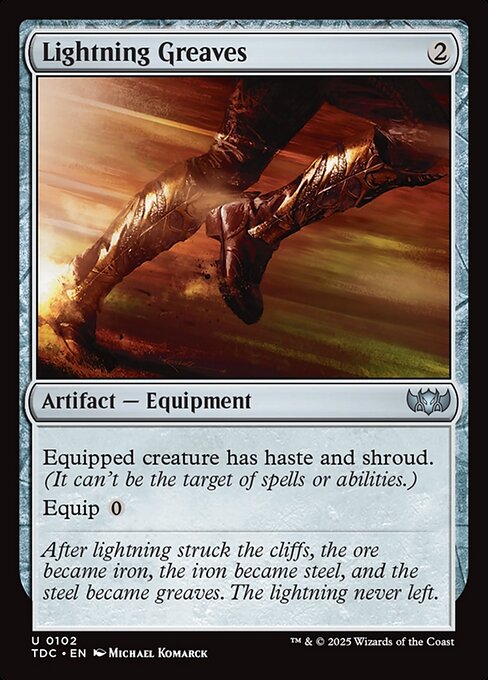
Lightning Greaves
-
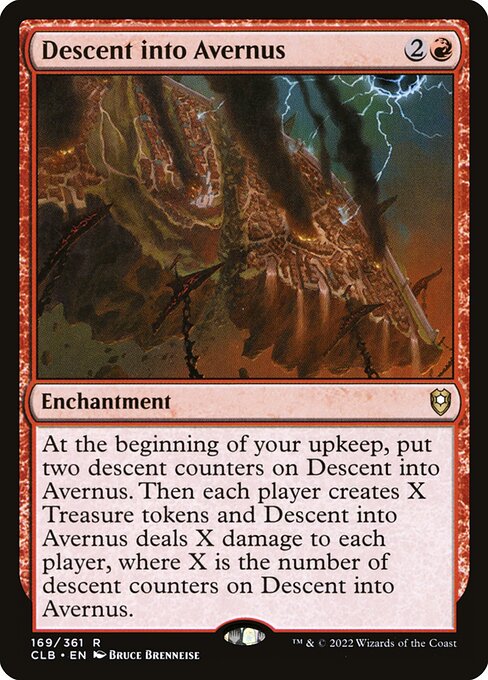
Descent into Avernus
Gameplay Summary
The game began with players establishing their board states through early land drops and playing key creatures that set up their respective strategies.
Anim Pakal's player focused on damage doubling mechanics, creating tokens and leveraging combat triggers to build board presence and threaten large swings.
Kediss and Falthis' player aimed to steal opponents' commanders and use them to deal heavy damage, emphasizing control and aggression.
Tidus, Yuna's Guardian's player utilized counters, proliferate, and card draw synergies to grow creatures and maintain board advantage.
Wick, the Whorled Mind's player centered around rat and snail tokens, using incremental growth and combat interaction to build up a resilient board.
Early turns featured incremental damage exchanges, multiple token creations, and the development of board states with creatures like Poliwog Prodigy and Chasm Skulker enhancing card draw and board presence. A pivotal moment occurred when multiple tokens and counters began to stack, with creatures gaining menace, deathtouch, and other evasion abilities, increasing the threat level on the battlefield.
Anim Pakal's damage doubling combined with token generation threatened to overwhelm opponents, while Kediss's commander theft mechanic introduced unpredictable swings in board control.
Tidus's proliferate and counter manipulation allowed for continuous card advantage and creature growth.
Wick's ability to create and grow snails with the arrival of new rats further bolstered a tough-to-remove board.
The game progressed with combat phases featuring strategic attacks, blocking decisions, and life total management, as players jockeyed for position and attempted to maximize their synergies and triggers to approach a win condition centered on overwhelming opponents through combo damage and incremental value.

























![YES, We're Cute, ft. Y'shtola, Bello, Wick, Baylen [EDH/Commander Gameplay] thumbnail](https://i.ytimg.com/vi/nK2s7lyF_Us/sddefault.jpg)



























